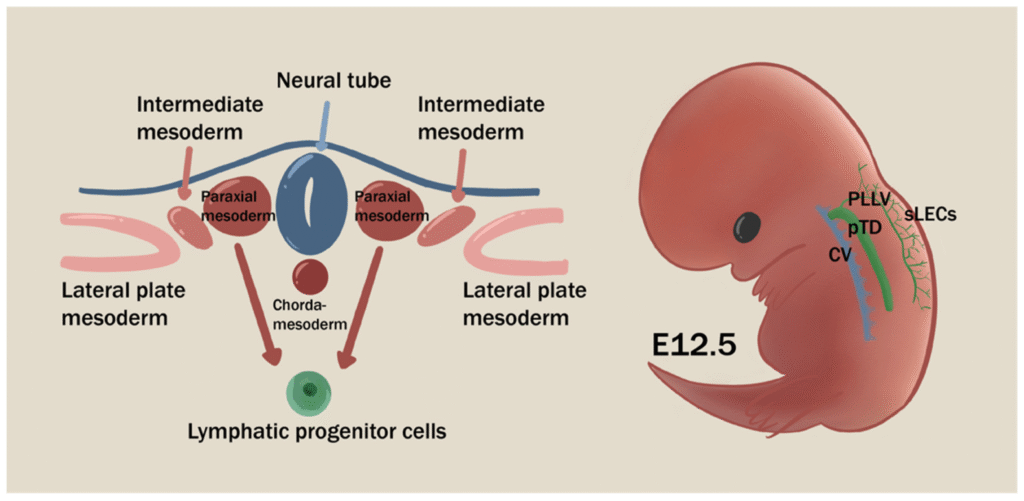By Jan Otte, DWS Contributor
In today’s world, the barnyard and the motherboard are no longer worlds apart. Thanks to breakthroughs in bioinformatics, animal science is being transformed by data, algorithms, and a new wave of digital discovery.
A New Era of Animal Science is Unfolding Digitally

In a development that blurs the line between Silicon Valley and the barnyard, the field of bioinformatics is rapidly establishing itself in animal research. Supercomputers and artificial intelligence, which were previously associated with space missions and financial algorithms, are now transforming our understanding of livestock health and evolution.This digital invasion is being led by bioinformatics experts like Dr. Aranyak Goswami, who recently joined the Arkansas Agricultural Experiment Station after completing high-profile research stints at Yale and Stanford.
But this isn’t just about data. It’s about decoding the biology of cows, chickens and even their prehistoric predecessors in ways that were impossible just a decade ago.
The Man Behind the Code: From Human Hearts to Animal Guts
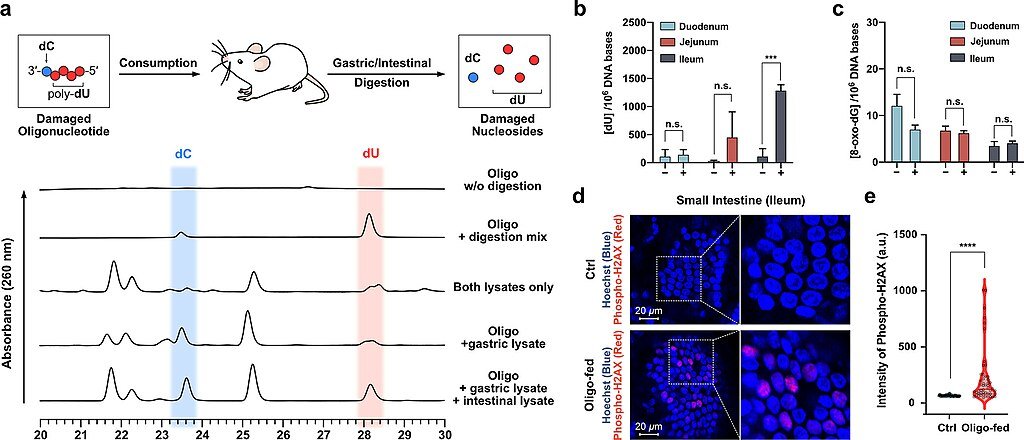
Dr. Aranyak Goswami didn’t begin his career in barns and pastures. He made his name in human medical research, decoding genetic signals behind cardiovascular disease and mental health disorders. Now, he’s using those same skills to understand what makes animals healthy, resilient and profitable.
“What’s exciting in human health becomes even more thrilling in animal science,” says Goswami. “Animal genomes are under-explored. That means more gaps, more discoveries, and more potential to transform how we raise and care for animals.”
His goal? To decipher the gut microbiomes of chickens and cattle using machine learning and computational biology, we will identify bacteria and viruses that affect digestion, immunity, and reproduction. The end result could be a generation of animals that grow faster, contract fewer diseases, and require fewer antibiotics.
Bioinformatics 101: Decoding Life’s Operating System
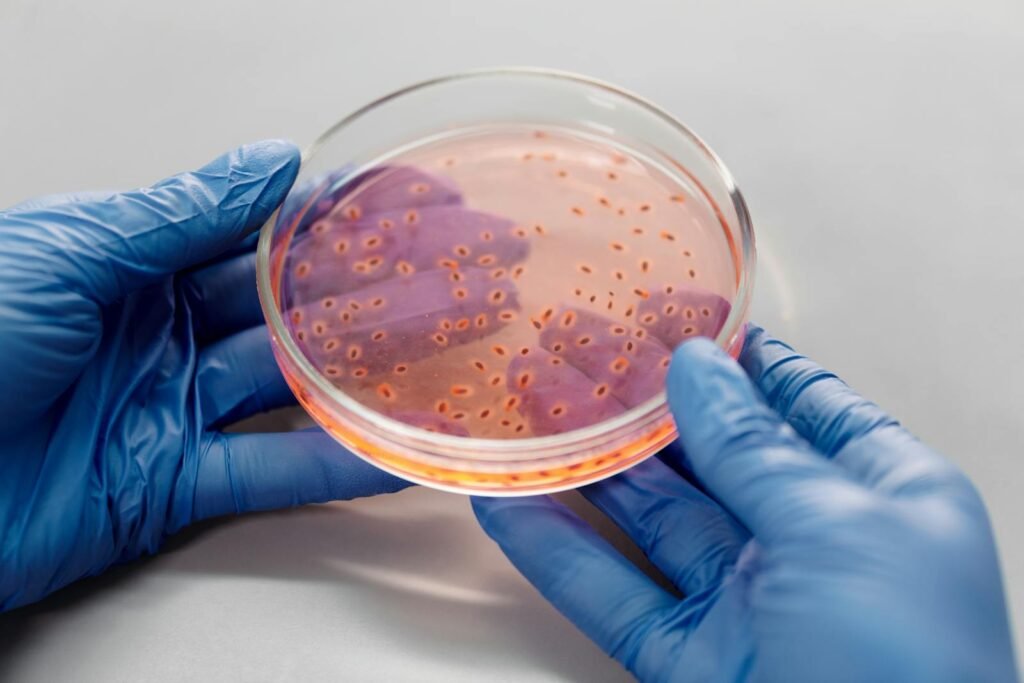
Bioinformatics, also referred to as “computational biology,” is the combination of biology and advanced computing. It is concerned with analyzing massive biological datasets such as DNA sequences or microbial ecosystems in order to understand life at the molecular level.
Rather than treating sick animals after the fact, scientists can now predict which livestock are genetically predisposed to resist certain diseases or respond better to specific feeds. Goswami’s research aims to map these traits across species, providing farmers with scientifically validated tools for improving animal welfare and productivity.
It isn’t just chickens and cows in the spotlight. Bioinformatics is also providing insight into how extinct species lived and died.
Echoes of the Past: What Dire Wolves and Ancient Microbes Reveal
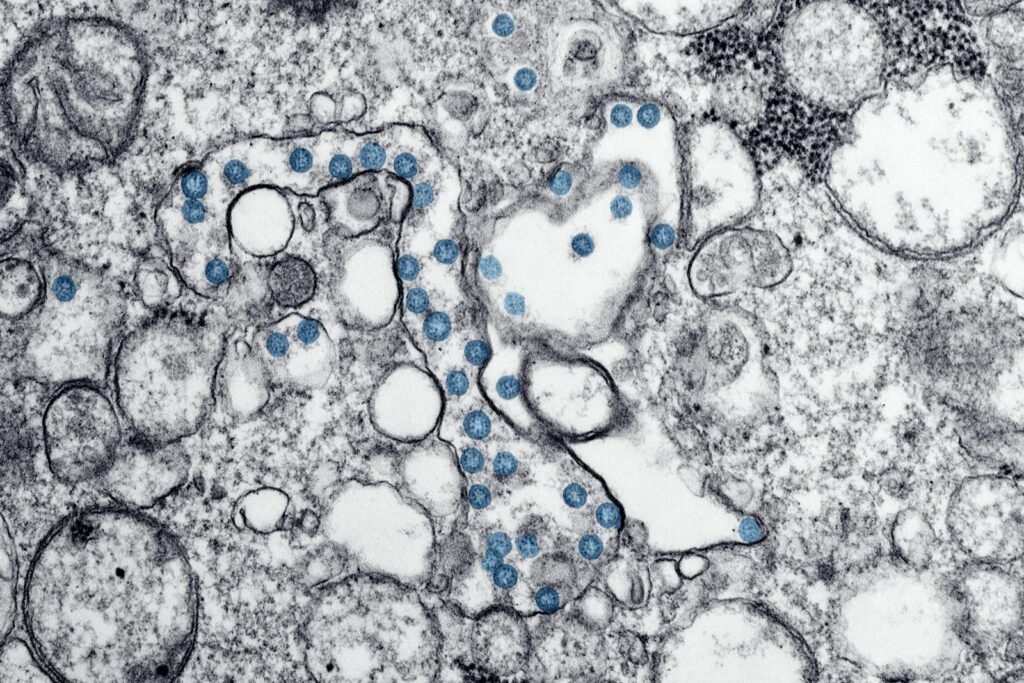
One of bioinformatics’ most fascinating capabilities is resurrecting information from extinct animals. Case in point: the dire wolf (Canis dirus), an Ice Age predator once thought to be closely related to modern gray wolves. Genome sequencing flipped that assumption on its head.
In a landmark 2021 study, researchers found that dire wolves were genetically distinct from any living canid. They split from the lineage of today’s wolves nearly six million years ago, making them more like biological ghosts than ancestors. That insight wasn’t possible without computational biology’s powerful tools now being used to track bacteria in chicken intestines.
The same algorithms that uncovered dire wolf secrets are now analyzing real-time data from livestock across Arkansas, deciphering what microscopic communities are helping or hurting our animals.
From Barnyard to Supercomputer: Why This Matters Now

The importance of this research cannot be overstated. With climate change affecting feed supplies, antibiotic resistance increasing, and global food demand rising, animal health has never been more important.
According to Dr. Michael Looper, head of the Animal Science Department at the University of Arkansas, the collaboration between computer scientists and animal researchers could redefine modern agriculture.
“Artificial intelligence and machine learning are at the forefront of many aspects of animal and poultry production,” Looper said. “Dr. Goswami’s expertise complements our current research in health, genetics, and well-being.”
Goswami’s work with Dr. Jiangchao Zhao, a professor of animal science, is already breaking ground by studying microbiomes that regulate digestion and resistance to infection vital data for sustainable farming practices.
Data Farms: Building the Future of Agricultural AI
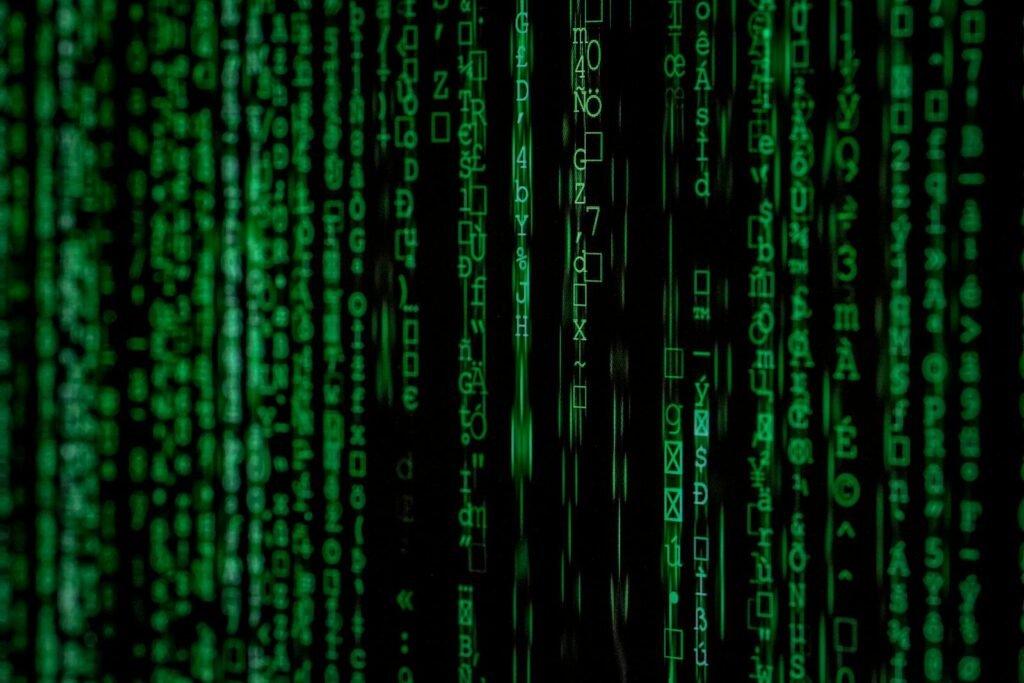
Goswami isn’t stopping at poultry and cattle. He’s helping to build what he hopes will become a world-class Center for Agricultural Data Analytics. This “data farm” of sorts will teach machine learning, statistical modeling, and genomic analysis to the next generation of scientists.
“Most of our students have never had the opportunity to take a course in artificial intelligence,” Looper noted. “Through his teaching responsibility, Dr. Goswami also will expose them to this exciting field.”
By embedding AI and big data into agricultural science, researchers hope to not only diagnose disease faster but predict and prevent outbreaks entirely.
From Theory to Therapy: Designing Probiotics and Personalized Care

Imagine identifying a bacterial imbalance in a cow’s gut before it shows symptoms. Or designing a probiotic tailored to a flock of chickens based on their microbiome data. This is not science fiction it’s the future Goswami envisions.
By studying gene expression and protein interactions in different microbial communities, scientists can map which biological pathways are active or dormant. This could lead to precision nutrition, where animals receive personalized feed and care plans based on their genetic and microbial profiles.
“We’re not just sequencing genomes we’re deciphering them,” says Goswami.
The Digital Herd Has Arrived
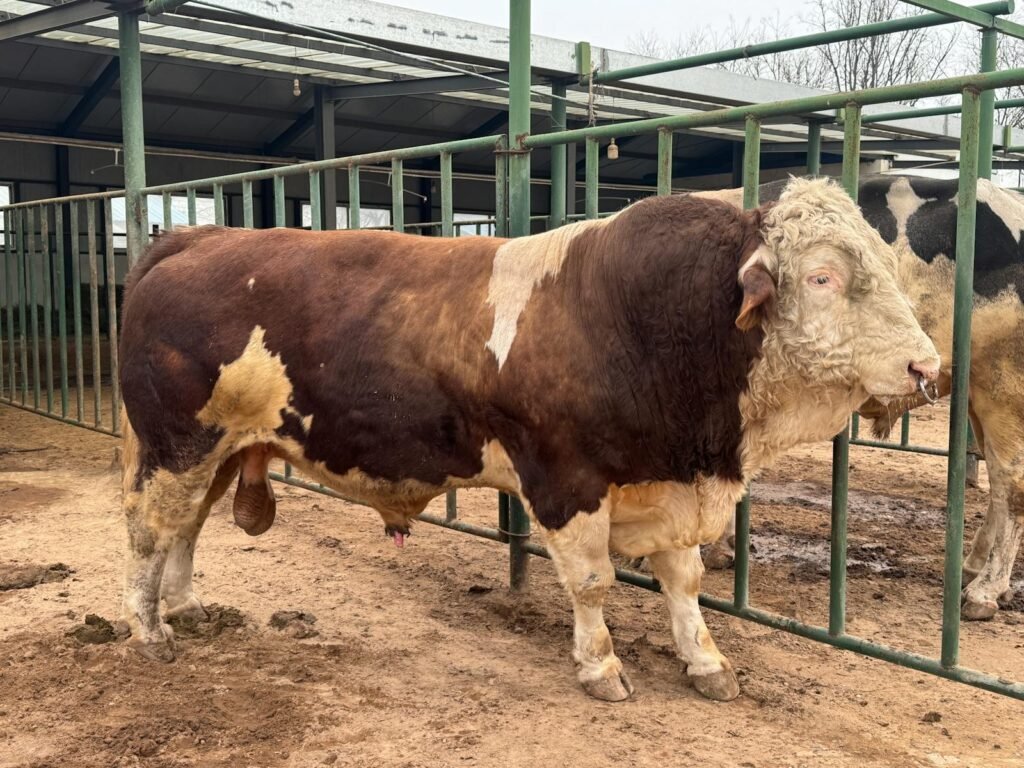
What was once the exclusive domain of human medicine has galloped into the livestock industry. With experts like Goswami at the helm, backed by university wide collaboration and cutting-edge computational tools, bioinformatics is poised to transform animal science.
Whether it’s unlocking the secrets of a cow’s digestion or resurrecting the evolutionary paths of wolves long gone, the fusion of biology and bytes is reshaping our understanding of life one sequence at a time.
And in the process, it’s building a healthier, more sustainable world. For animals. For farmers. For us.
Source: AI in animal health

Jan loves Wildlife and Animals and is one of the founders of Animals Around The Globe. He holds an MSc in Finance & Economics and is a passionate PADI Open Water Diver. His favorite animals are Mountain Gorillas, Tigers, and Great White Sharks. He lived in South Africa, Germany, the USA, Ireland, Italy, China, and Australia. Before AATG, Jan worked for Google, Axel Springer, BMW and others.



